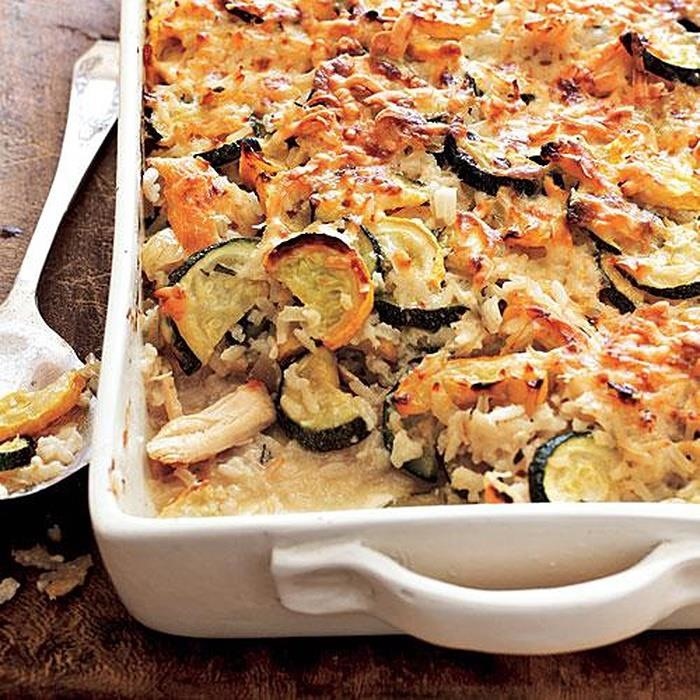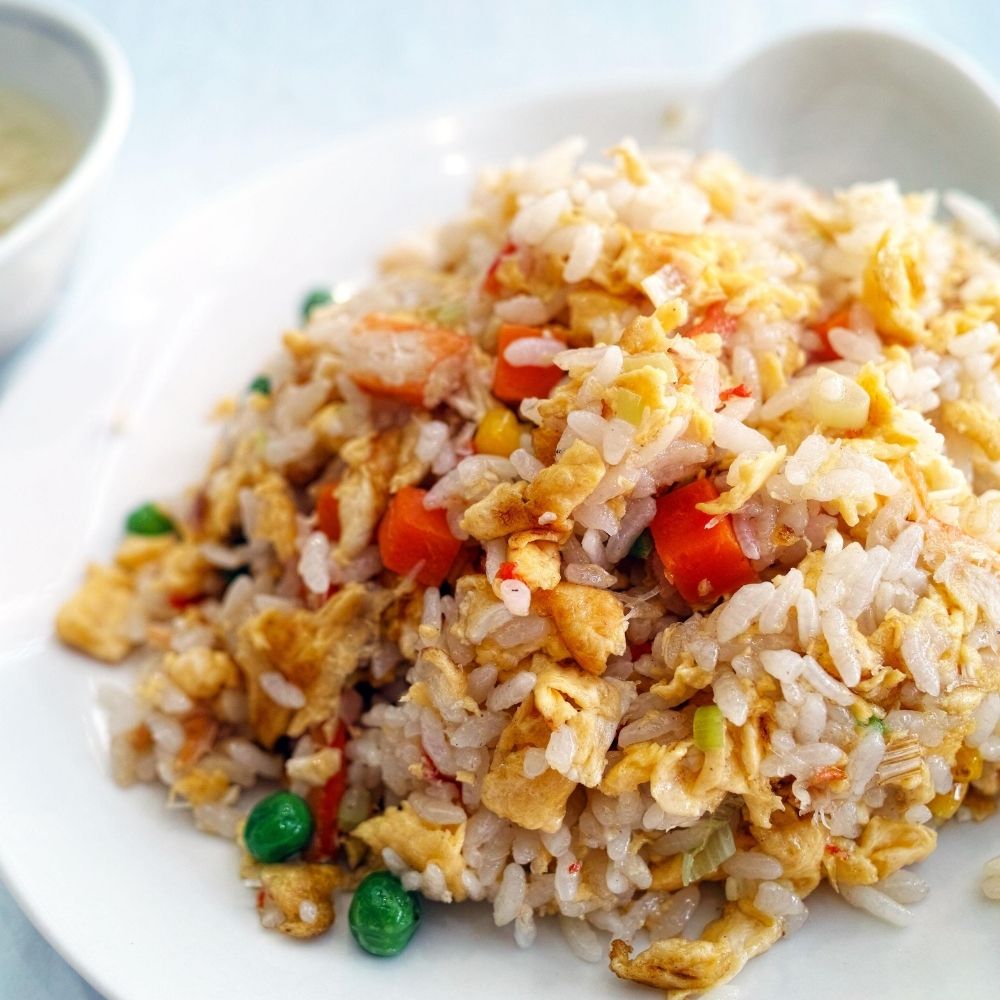The Basics of Cooked Rice Refrigeration
Proper refrigeration of cooked rice is crucial for health and freshness. Knowing how to store cooked rice correctly in the refrigerator can prevent foodborne illnesses and extend its shelf life. Here are some fundamental steps to ensure safe and effective rice storage:

- Cool Quickly: Let cooked rice cool down before refrigerating. Don’t let it sit out for longer than two hours.
- Airtight Containers: Transfer the rice to airtight containers. This limits exposure to air and bacteria.
- Keep it Dry: Ensure there is no excess moisture, as this could encourage bacterial growth.
- Separate from Raw Food: Store rice away from raw food to avoid cross-contamination.
- Refrigerate Promptly: Ideally, refrigerate rice within one hour of cooking. Do not exceed two hours.
Following these steps helps maintain the quality and safety of cooked rice when refrigerated. Refrigeration slows down but doesn’t stop bacterial growth. That’s why it’s vital to understand the risks and signs of spoilage, which we’ll discuss next.
Recognizing the Risks: Foodborne Illnesses and Leftover Rice
Leftover rice can pose health risks if not handled properly. Uncooked rice often contains Bacillus cereus, a bacterium. This bacterium survives cooking and thrives in warm environments. If cooked rice stays at room temperature for too long, Bacillus cereus grows quickly. The bacteria produce heat-resistant toxins, which reheating can’t destroy.
Eating such rice causes food poisoning with symptoms like stomach pain, nausea, and diarrhea. These can happen within a few hours of consumption. Proper storage is crucial to prevent the growth of this bacteria. Knowing how to handle and store leftover rice reduces the risk of foodborne illnesses.
Some simple steps include prompt refrigeration and using airtight containers. We must remember food safety to enjoy leftovers without health worries. In the next section, we’ll explore the FATTOM method for safe rice storage.
The FATTOM Method: Ensuring Safe Rice Storage
Understanding the FATTOM method can help keep leftover rice safe to eat. FATTOM stands for Food, Acidity, Temperature, Time, Oxygen, and Moisture. Let’s break down each component for safe rice storage:
- Food: Rice is a high-risk food for bacteria growth.
- Acidity: Rice has low acidity, which bacteria prefer.
- Temperature: Keep rice at a safe temperature. Store it in the fridge soon after cooking.
- Time: Do not leave rice at room temperature for over two hours.
- Oxygen: Airtight containers reduce oxygen and slow bacteria growth.
- Moisture: Dry conditions in containers help prevent bacteria.
This method reminds us how to store cooked rice. Cool the rice within one hour when possible. Use sealed containers to keep rice dry and free from oxygen. Refrigerate promptly and keep an eye on the storage time. For best results, enjoy your rice within 3 to 4 days after cooking.
Ideal Storage Conditions for Leftover Rice
Creating the perfect environment for storing leftover rice is key to preserving its freshness and safety. To achieve this, consider the following:
- Temperature Control: Refrigerate at a consistent temperature below 40°F (4°C). This slows down bacterial growth.
- Moisture Management: Keep rice dry by using well-sealed containers. This prevents mold and spoilage.
- Air Limitation: Store rice in airtight containers to minimize contact with air and bacteria.
- Prompt Storage: Cool hot rice quickly and refrigerate it within one hour. Avoid storing it beyond two hours after cooking.
Meeting these conditions helps ensure that cooked rice remains safe to eat. Now let’s move on to how long stored rice can remain fresh in such ideal conditions.
Shelf Life: How Long Does Cooked Rice Last in the Fridge?
Cooked rice in the fridge can stay fresh for different periods. Experts often have varying opinions. Some suggest that cooked rice lasts up to 6-7 days. This is with proper refrigeration and a cold enough fridge temperature. Others, like the Food Standards Agency, recommend eating it within a day.
The U.S. Department of Health & Human Services offers a guideline. Their Food Safety app suggests 3 to 4 days for the best quality. Nutritionists like Jen Messer recommend a similar timeframe. If in doubt, discard rice after 4 to 6 days at most. Freezing can extend rice’s shelf life up to six months.
Proper storage is key to the longevity of cooked rice. Use a tightly sealed container to keep out moisture. Cool it within an hour of cooking, and refrigerate it. Do not leave cooked rice at room temperature for more than two hours. These steps can reduce health risks and keep rice tasting good.
Regardless of storage method, always observe the rice before eating. If you spot spoilage signs or can’t remember when it was cooked, err on the side of caution. It’s better to discard suspected spoiled rice than to risk food poisoning.
 Spotting Spoilage: Signs Your Leftover Rice May Have Gone Bad
Spotting Spoilage: Signs Your Leftover Rice May Have Gone Bad
Spotting spoiled rice is key to food safety. Look for these signs before eating your leftovers:
- Strange Odors: A bad smell is a strong sign of spoilage.
- Color Changes: If the rice looks different, it may be bad.
- Odd Texture: Sticky or slimy rice can mean bacteria.
- Taste Test: A sour or off taste is a warning.
Throw away rice if you notice any of these issues. Do not take risks with food safety. It’s better to dispose of questionable rice than suffer foodborne illnesses. When in doubt, always choose to throw out.
Special Considerations for At-Risk Groups
When handling leftover rice, some groups need extra care. These groups include young children, pregnant women, and the immunocompromised. Their bodies may not fight off bacteria as well. Spoiled rice can make these people very sick. It is important to be extra careful when serving them leftovers.
- Young Children: They have weaker immune systems. Always check rice thoroughly before serving it to them.
- Pregnant Women: Spoiled rice could harm the baby. Make sure rice is fresh and properly stored.
- Immunocompromised Individuals: They are at higher risk of infection. Serve them freshly cooked rice or well-stored leftovers only.
Keep leftover rice no longer than 3-4 days for these groups. If you’re not sure about the rice’s safety, it’s safer to throw it away. It’s better to be cautious than to risk health problems. Follow the FATTOM guidelines strictly for at-risk groups.
 Best Practices for Reheating and Consuming Stored Rice
Best Practices for Reheating and Consuming Stored Rice
To keep stored rice safe to eat, follow these reheating practices:
- Reheat Thoroughly: Warm rice until it’s hot all through. This kills most bacteria.
- Use Steam: Steaming can help maintain rice texture and moisture while reheating.
- Avoid Repeated Reheating: Only reheat the amount you’ll eat. Reheating multiple times can raise food poisoning risks.
Before consuming stored rice, consider these tips:
- Check Before Eating: Look for spoilage signs. If in doubt, don’t eat it.
- Portion Sensibly: Only take out what you’ll consume. This keeps the rest of the rice safe.
- Eat Promptly: Once reheated, eat the rice right away. Don’t let it sit out for long.
When following these best practices, reheating and eating stored rice is safe. Pay attention to each step to enjoy your leftovers without worry.
Even with proper storage, cooked rice can go bad. It’s vital to know when to discard it. Here are helpful hints to navigate these uncertainties:
- Watch the Time: Remember, rice should not stay in the fridge for more than 4 to 6 days.
- Check for Spoilage: Before eating, look for any signs of spoilage like strange smells or discoloration.
- Trust Your Senses: If the rice smells off or looks odd, it’s safer to throw it away.
- Err on the Side of Caution: If uncertain about the rice’s age or safety, it’s wise to discard it.
Following these guidelines will minimize health risks and ensure you enjoy your rice safely.
